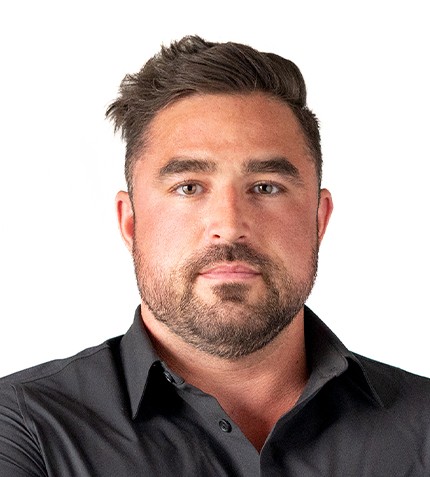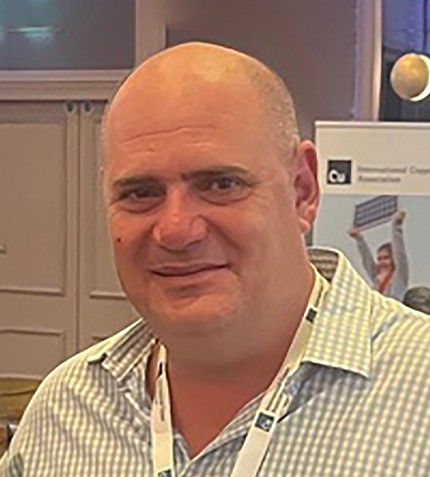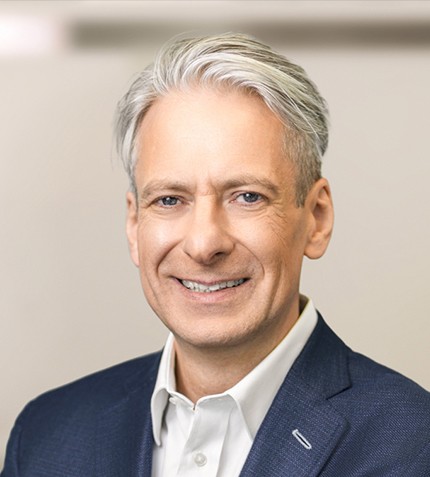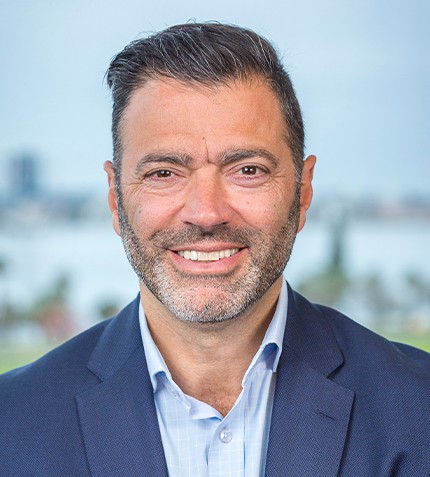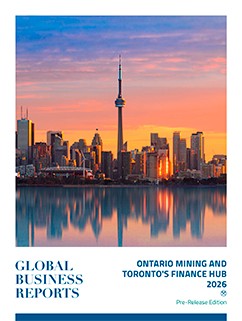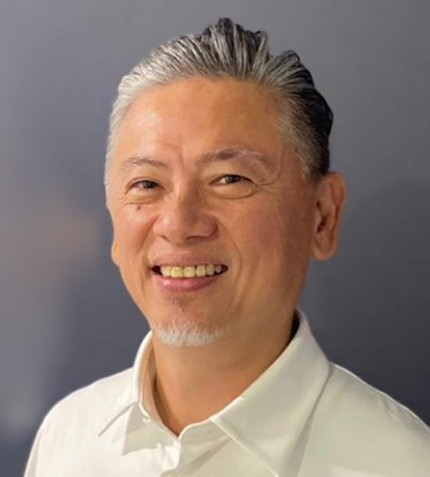
"ShipFocus is focused on the development of the maritime start-up ecosystem in Singapore and efforts to transition the maritime supply chain into the digital world."
Chye Poh Chua
FOUNDER, SHIPSFOCUS
Can you give an overview of ShipsFocus and provide some recent updates?
ShipsFocus, established in 2016, is a technology company focused on transitioning the maritime industry into the digital world. The company’s founders come from a maritime commerce background, understanding the issues this industry faces. We thus created the world’s first maritime-dedicated venture studio to fill the gaps left behind by top-down, broad-based, established systems digitalizing the supply chain.
On the capital side, many venture capitalists do not understand the maritime industry and shy away from investing in this sector, making it extremely difficult for maritime startups to attain funding. In 2021, ShipsFocus became a maritime co-investment partner of Seeds Capital who will match dollar for dollar the amount we invest in Singapore-based startups. This has contributed significantly to the development of the maritime start-up ecosystem in Singapore and efforts to transition the maritime supply chain into the digital world. Today, ShipsFocus thus operates as both a venture studio as well as a fund manager.
Can you speak on the Master Agreement Framework ShipsFocus has signed with A*STAR?
At an early stage of operation, ShipsFocus identified that the industry was lacking good digital data, and subsequently, we have entered into various Research Collaborative Agreements (RCA) with A*STAR and industry partners to build collective intelligence and data digitally for the sector. These research projects included a GHG emission reduction at ports. In April 2023, ShipsFocus and seven other industry players signed a master agreement framework with A*STAR to co-develop AI and other digital technologies for a safer, more efficient, and more sustainable maritime industry as part of A*STAR’s Maritime AI Research Program. This program is funded by the Singapore Maritime Institute (SMI) and will help maritime companies develop the necessary capabilities to implement AI solutions and overcome barriers to adoption.
What are some of the challenges currently facing the tanker industry?
The entire non-container bulk shipping segment, including dry cargo and tankers, is facing a problem as there is less research done on non-container shipping than there is on container shipping. Container shipping represents only 20% of all cargo ships, whereas the dry cargo segment represents 50%, and the tanker & specialized segment 30%. The reason more efforts go into the container shipping space is because it is more evolved as products go into standard boxes and loading, unloading, and other processes are much more efficient. Bulk cargoes such as grains, crude oil, iron ore, etc. are very varied and shipped in huge volumes in bulkers and tankers rather than containers. By digitalizing, the bulk shipping segment can still be efficient while relying on fewer resources. ShipsFocus is focused on putting our knowledge and skills into the non-container bulk shipping segment and simplifying this supply chain so people can easily understand it.
How would “aggregated shipping” work in the non-container bulk shipping segment?
The key thing is the advent of platform technologies. Before industry 4.0 technologies arose, the matching of demand and supply had been efficient, but aggregation was unilateral, only happening within a company itself, rather than multilateral. With technologies, there is a tremendous opportunity to create a multilateral platform to optimize demand and supply, as well as port and terminal operations – thus achieving “aggregated shipping”.
Many find it hard to comprehend the maritime supply chain. ShipsFocus simplifies the complex web broadly into five tiers: Tier one is the cargo owner; tier two is the ship broker or a freight forwarder in the container segment; tier three is the carrier or the ship operator; tier four is the shipping agent; and tier five is the port and port services. The cargo owner is at the top of the maritime food chain as the buyer and paymaster of freight. The cargo owner has a contract, often via a broker or a freight forwarder with a carrier, who will send a ship to the port to load or unload cargo. The carrier will appoint a shipping agency at the port to buy the port services and coordinate all the ship-in-port activities enabling the ship to load and unload. This chain applies to every segment and sub-segment of shipping.
The cargo owner’s biggest problem is lack of visibility, and in mitigation, they incur significant costs on contingency planning. If the cargo owners can capture data on a real-time basis, it will allow for better planning, and over time, they will be able to cut down on the necessity of putting contingencies in place.




